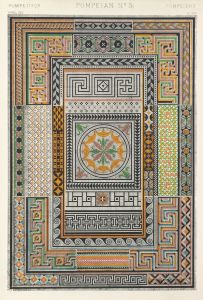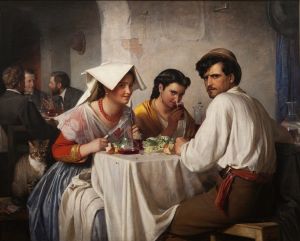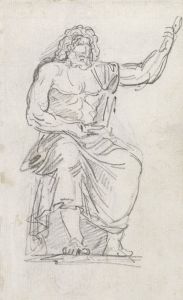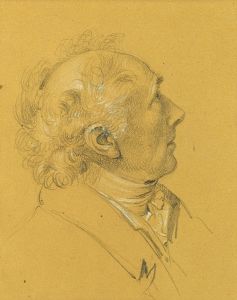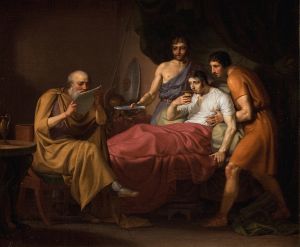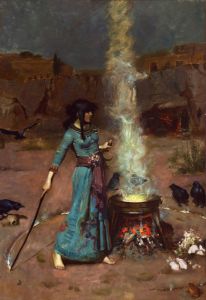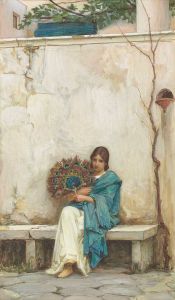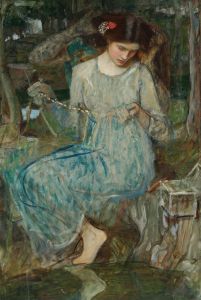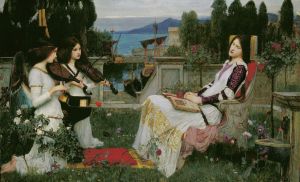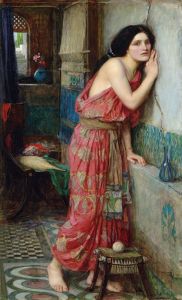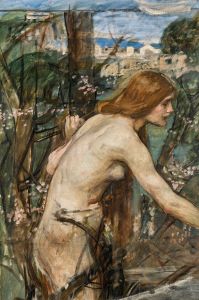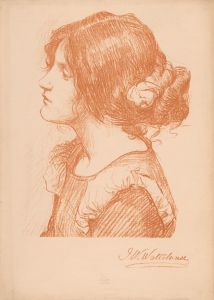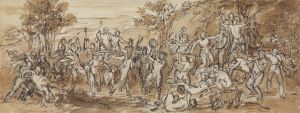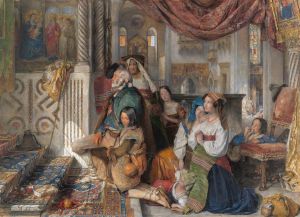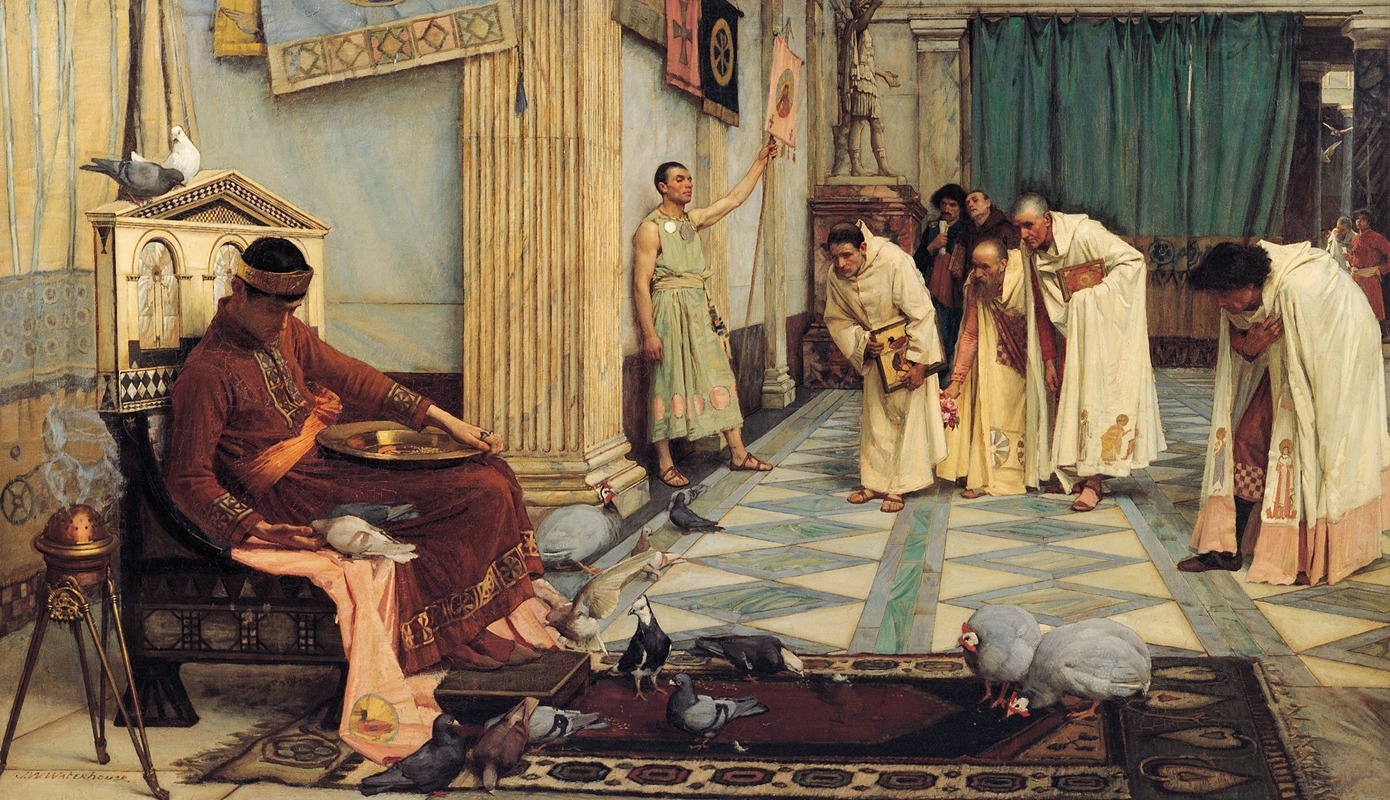
The Favourites Of The Emperor Honorius
A hand-painted replica of John William Waterhouse’s masterpiece The Favourites Of The Emperor Honorius, meticulously crafted by professional artists to capture the true essence of the original. Each piece is created with museum-quality canvas and rare mineral pigments, carefully painted by experienced artists with delicate brushstrokes and rich, layered colors to perfectly recreate the texture of the original artwork. Unlike machine-printed reproductions, this hand-painted version brings the painting to life, infused with the artist’s emotions and skill in every stroke. Whether for personal collection or home decoration, it instantly elevates the artistic atmosphere of any space.
"The Favourites of the Emperor Honorius" is a painting by the British artist John William Waterhouse, completed in 1883. Waterhouse, known for his Pre-Raphaelite style, often drew inspiration from classical mythology, literature, and historical subjects. This particular work is an example of his interest in historical themes, depicting a scene from the late Roman Empire.
The painting illustrates a moment in the life of the Roman Emperor Honorius, who ruled the Western Roman Empire from 393 to 423 AD. Honorius is often remembered as a weak ruler, and his reign was marked by the decline of Roman power in the West. Waterhouse's painting captures the emperor in a private moment, surrounded by his "favourites," which in this context refers to his pet birds.
In the artwork, Honorius is seated on a throne, dressed in imperial robes, and appears to be more engrossed in feeding his birds than in the affairs of state. This portrayal is consistent with historical accounts that suggest Honorius was more interested in personal pleasures than in governance. The emperor's apparent detachment from his responsibilities is subtly critiqued through Waterhouse's composition, which emphasizes his isolation from the world outside his private chamber.
The setting of the painting is richly detailed, with classical architectural elements that evoke the grandeur of the Roman Empire. Waterhouse's attention to detail is evident in the intricate patterns of the emperor's garments and the realistic depiction of the birds. The use of light and shadow adds depth to the scene, highlighting the opulence of the imperial surroundings while also casting a somber tone over the emperor's introspective demeanor.
Waterhouse's choice to focus on this particular aspect of Honorius's life may reflect a broader commentary on the decline of the Roman Empire, as well as the personal failings of its leaders. By choosing to depict Honorius in a moment of apparent triviality, Waterhouse invites viewers to consider the consequences of neglect and the importance of leadership.
"The Favourites of the Emperor Honorius" is housed in the Art Gallery of South Australia, where it continues to be appreciated for its historical subject matter and artistic merit. The painting is a testament to Waterhouse's skill in blending historical narrative with artistic expression, creating a work that resonates with themes of power, responsibility, and the passage of time.
Overall, the painting is a significant example of Waterhouse's oeuvre, reflecting his fascination with history and his ability to convey complex themes through visual art. It remains a valuable piece for both its aesthetic qualities and its insight into the historical period it represents.





